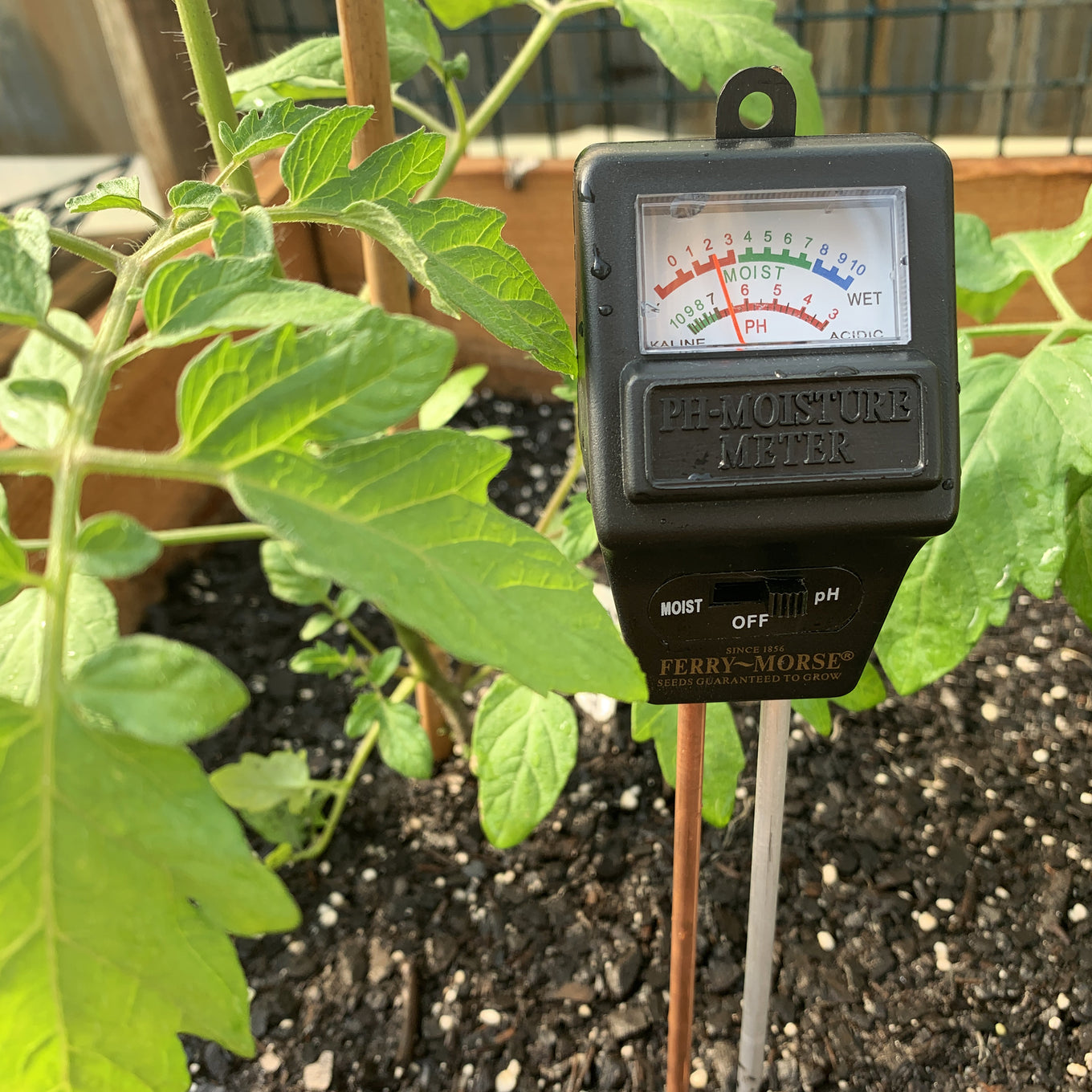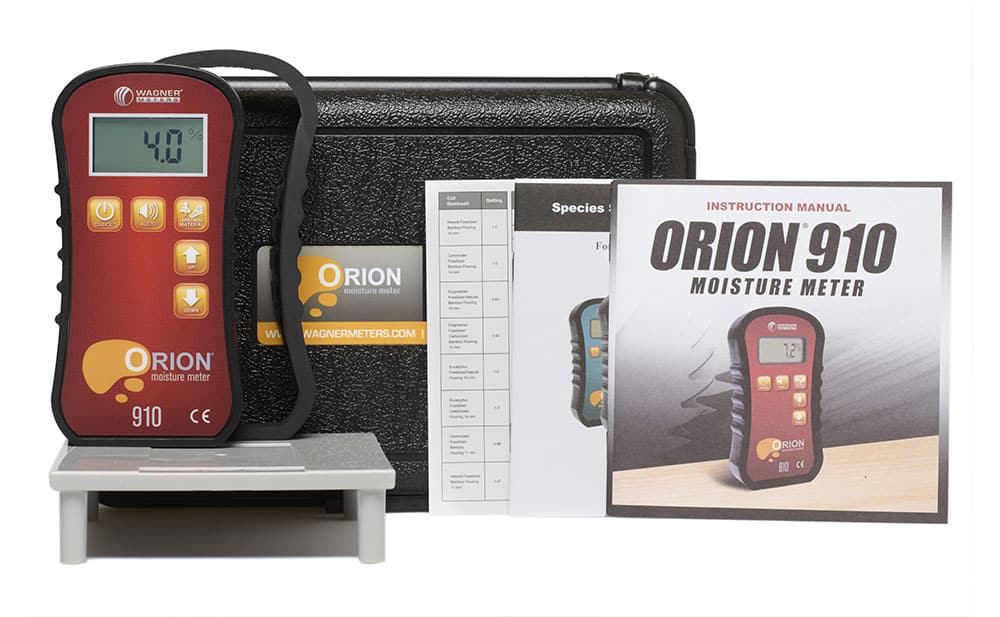Why Every Homeowner Demands a Moisture Meter: Secret Advantages and Attributes
Why Every Homeowner Demands a Moisture Meter: Secret Advantages and Attributes
Blog Article
Comprehending the Relevance of a Moisture Meter in Preventing Mold and Water Damages in Your Home
In the realm of home maintenance, the presence of moisture can typically be a silent yet formidable enemy, with the ability of triggering prevalent mold and mildew development and dangerous water damages if left untreated. Amidst the tranquil atmosphere of a residence, hidden moisture problems can brew underneath the surface, posturing a risk to both property and wellness. Outfitted with the right tools and understanding, property owners can proactively combat these possible hazards. Understanding the value of a dampness meter in this battle is not just an alternative yet a calculated necessity.
Importance of Moisture Discovery
Reliable dampness detection approaches are critical for safeguarding residential properties and avoiding prospective mold development and water damage. Dampness can leak into numerous building materials, bring about architectural concerns and carcinogen. By utilizing a moisture meter, home owners can proactively recognize areas susceptible to excess wetness, permitting prompt treatment and mitigation strategies.
Moisture meters provide exact analyses of wetness degrees in different materials such as concrete, timber, and drywall. This information assists in identifying areas of worry, even in hard-to-reach or surprise areas. Early discovery of moisture build-up makes it possible for timely repair work or adjustments to prevent additional damages.

How Moisture Meters Job
Wetness meters play an essential function in the positive recognition of excess wetness, aiding in the avoidance of possible mold and mildew growth and water damages by giving precise analyses of dampness degrees in various building materials. Some progressed dampness meters incorporate both pin and pinless technologies for extensive dampness discovery. Understanding just how moisture meters function is vital for accurate and timely moisture degree assessments, enabling efficient preventative actions against mold and water damage.
Finding Early Indication
Upon initial inspection of a building, identifying subtle indications of excess wetness comes to be critical in the early discovery of potential mold development and water damage. Some typical very early indication consist of mildewy odors, water stains on walls or ceilings, peeling off paint or wallpaper, and deformed or stained surface areas. Stuffy odors usually suggest the visibility of mold or mold, also if no noticeable indicators appear. Water spots can signal leakages or infiltration, while peeling paint or wallpaper may be a result of moisture endangering the bond of these materials to the surface. Warped or blemished surfaces, such as bending floorboards or stained drywall, are clear signs of water damages. Furthermore, an increase in discover here allergic reaction signs or respiratory system issues among owners might recommend the presence of mold as a result of excess moisture. By without delay identifying and attending to these very early caution indicators, home owners can alleviate the risk of considerable mold and mildew growth and water damage in their properties.
Preventing Mold And Mildew Development
Identifying very early warning signs of excess moisture within a building not only allows punctual detection of prospective mold development and water damages however additionally serves as a proactive measure in stopping the proliferation of mold and mildew. To efficiently stop mold and mildew growth, it is crucial to resolve any resources of dampness promptly. This can include fixing leakages in windows, roofs, or pipelines, making certain correct ventilation in wet areas like cooking areas and washrooms, and making use of dehumidifiers in high-humidity areas. Consistently inspecting and keeping the building's pipes, roof, and seamless gutters can additionally aid in stopping water breach that might lead to mold and mildew growth.
Keeping track of wetness levels in areas prone to wetness, such as cellars and creep rooms, using a moisture meter can also assist in early detection of raised wetness levels and possible mold growth - Moisture Meter. By taking proactive actions to prevent excess dampness and mold development, property owners can guard their property and interior air high quality.
Benefits of Routine Monitoring
Regular tracking of moisture levels in a residential property can play an important duty in maintaining a healthy interior atmosphere and stopping possible mold and mildew and water damage. By frequently examining wetness degrees, home owners can find any issues immediately and take required activities to stop mold and mildew development and water damages. Among the vital benefits of routine tracking is very early discovery. By identifying and dealing with high moisture degrees beforehand, homeowners can step in before mold and mildew has the chance to spread out and create. This proactive strategy can save both money and time in the future by preventing considerable mold removal and over at this website repair service costs.
In addition, regular monitoring permits house owners to track patterns and trends in dampness levels over time. Ultimately, the regular surveillance of moisture degrees empowers house owners to secure their residential or commercial property, secure their health, and preserve the honesty of their interior environment.

Conclusion

By making use of a moisture meter, building proprietors can proactively recognize areas prone to excess wetness, permitting for prompt treatment and mitigation techniques.

Checking wetness degrees in locations susceptible to dampness, such as cellars and creep areas, using a moisture meter can additionally assist in early detection of raised wetness levels and prospective mold development. (Moisture Meter)
Report this page